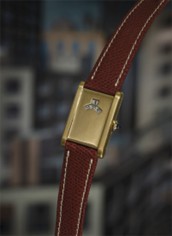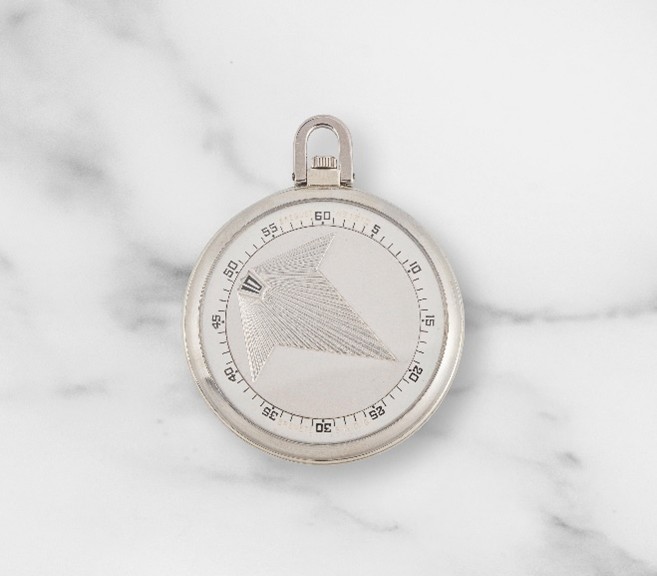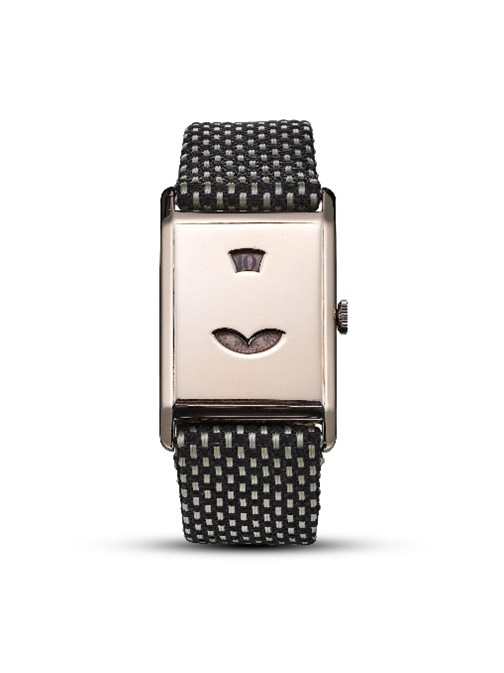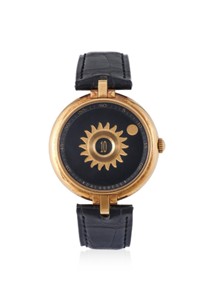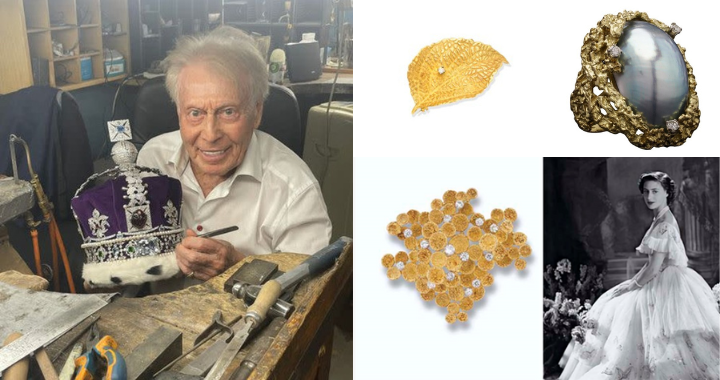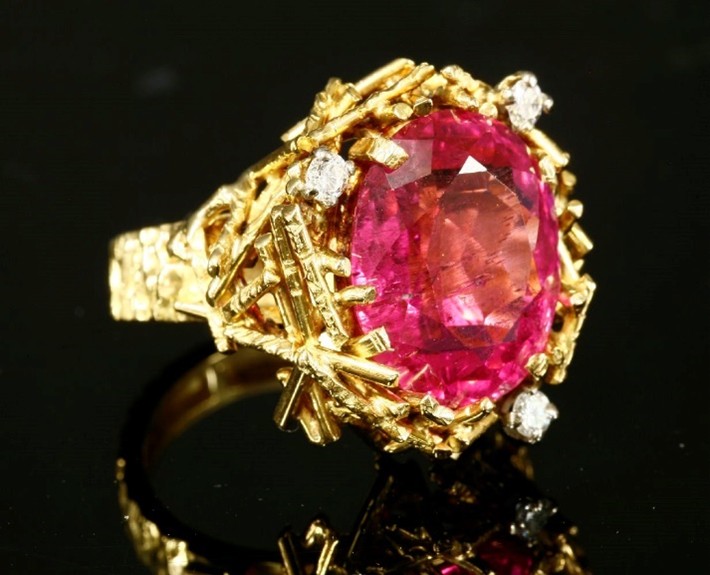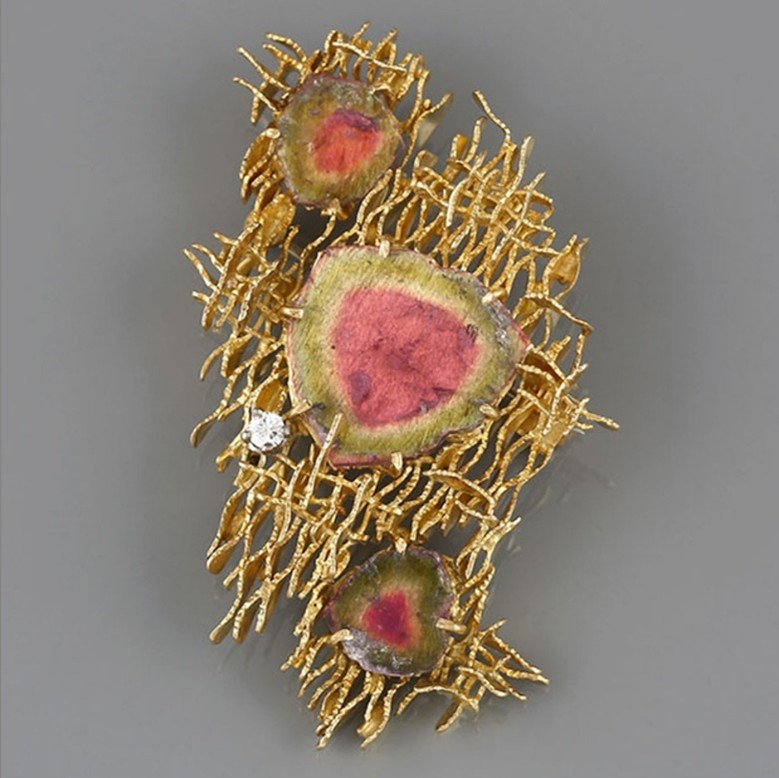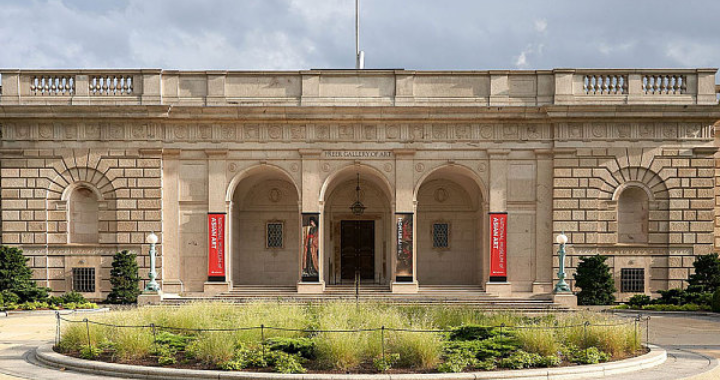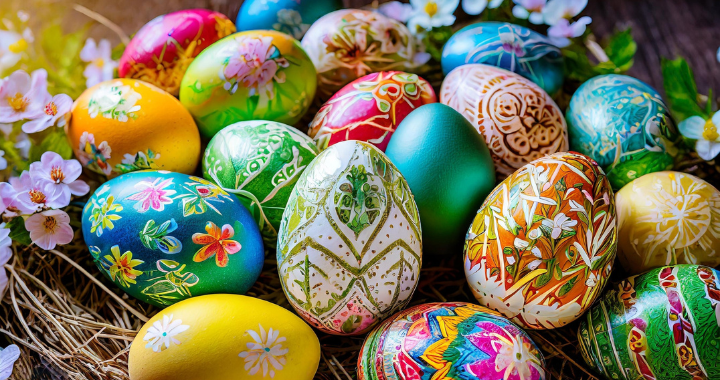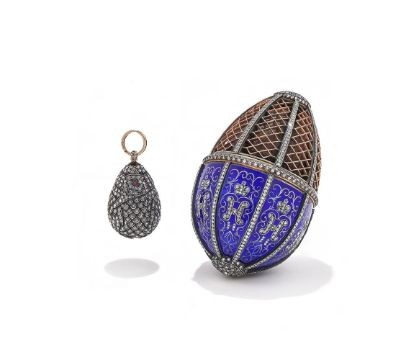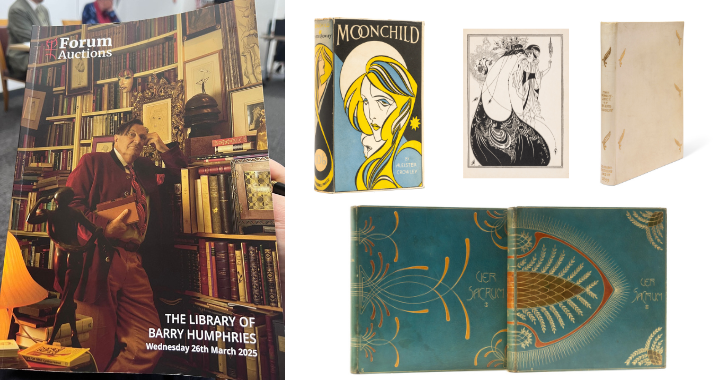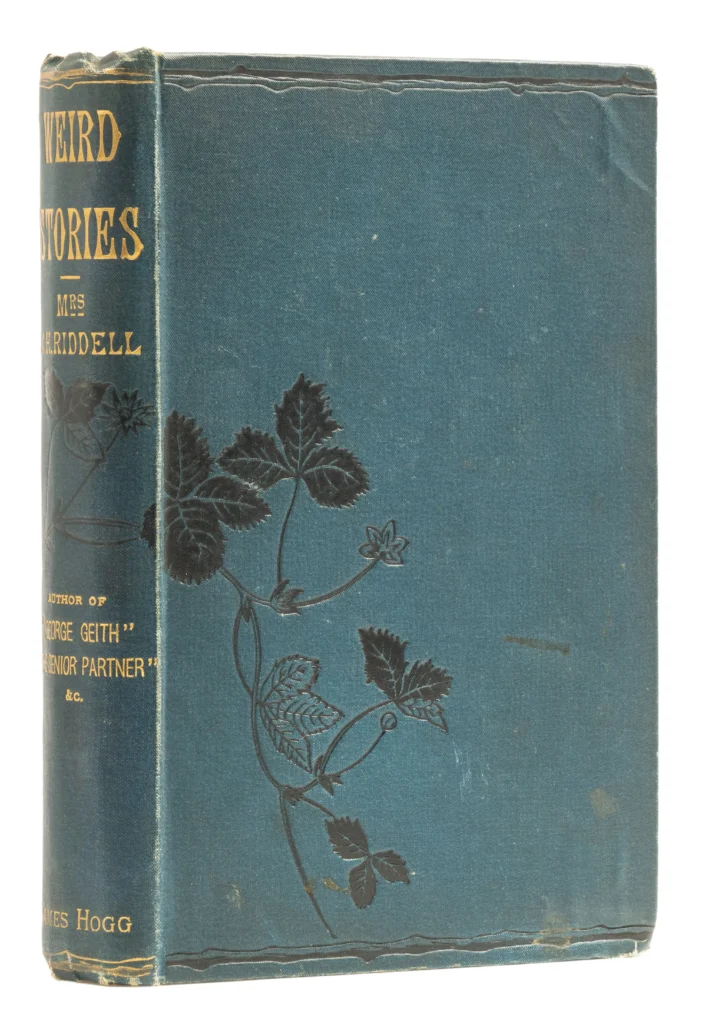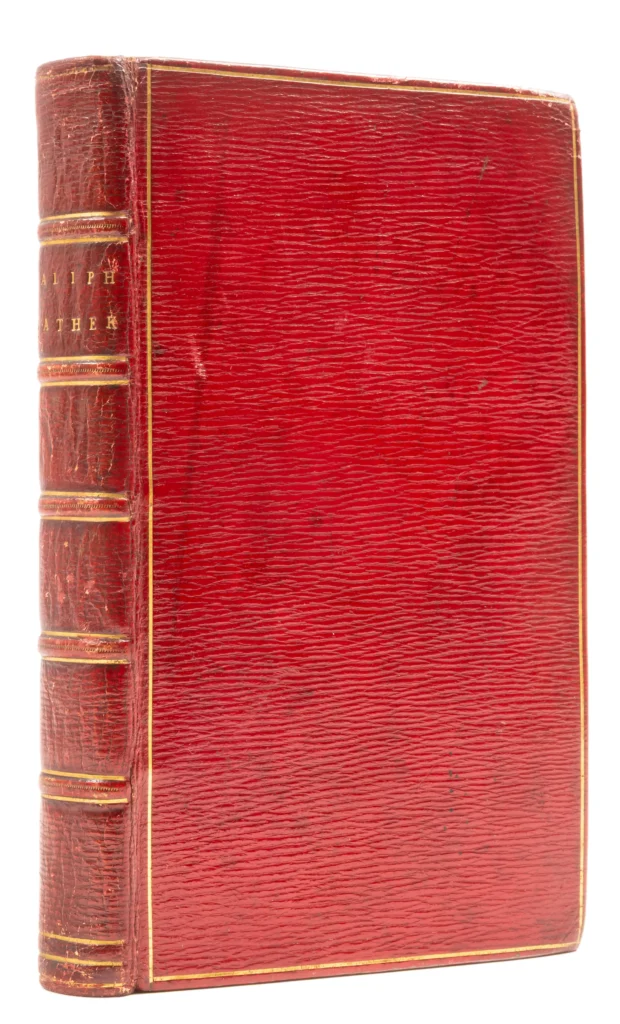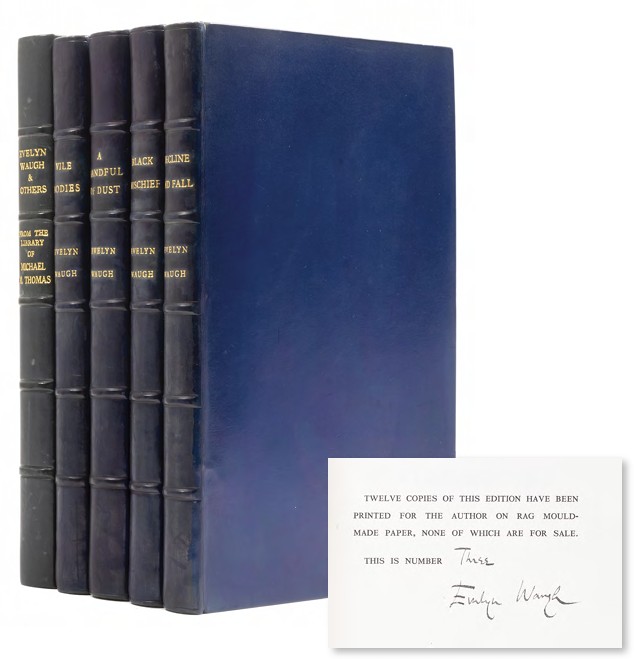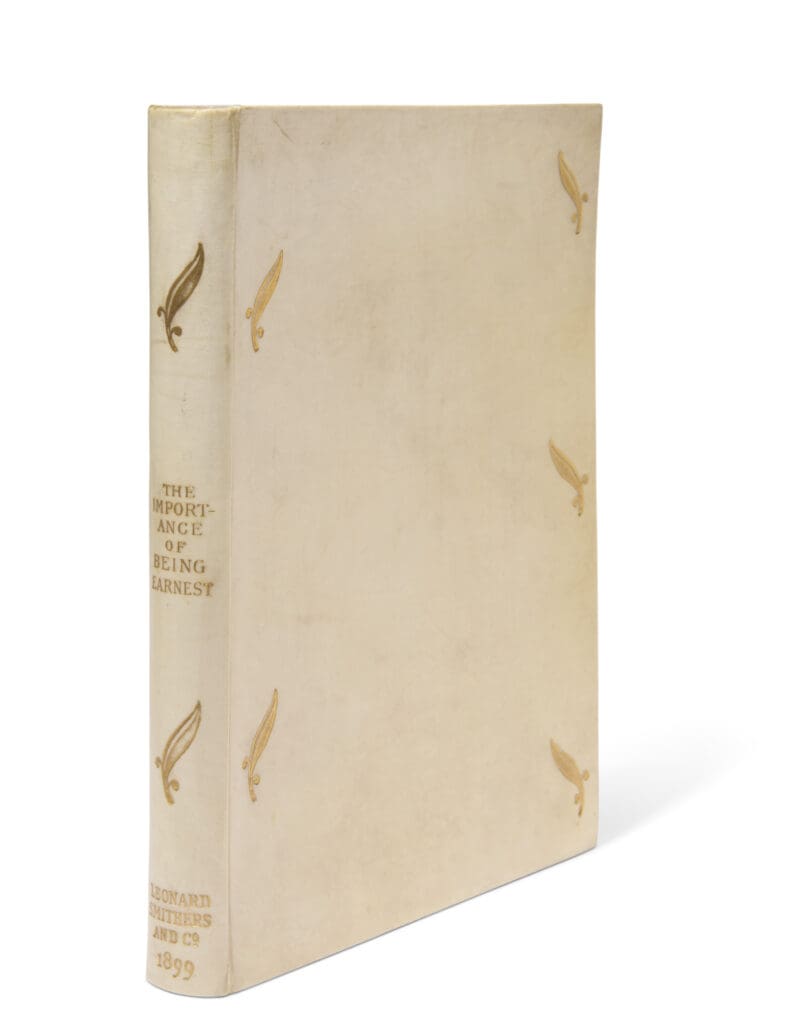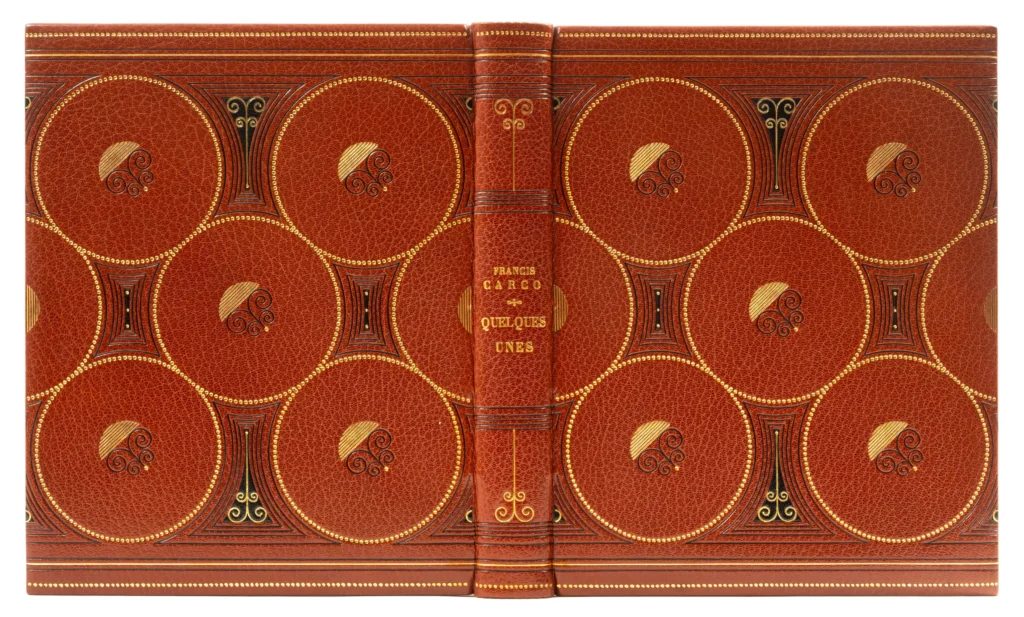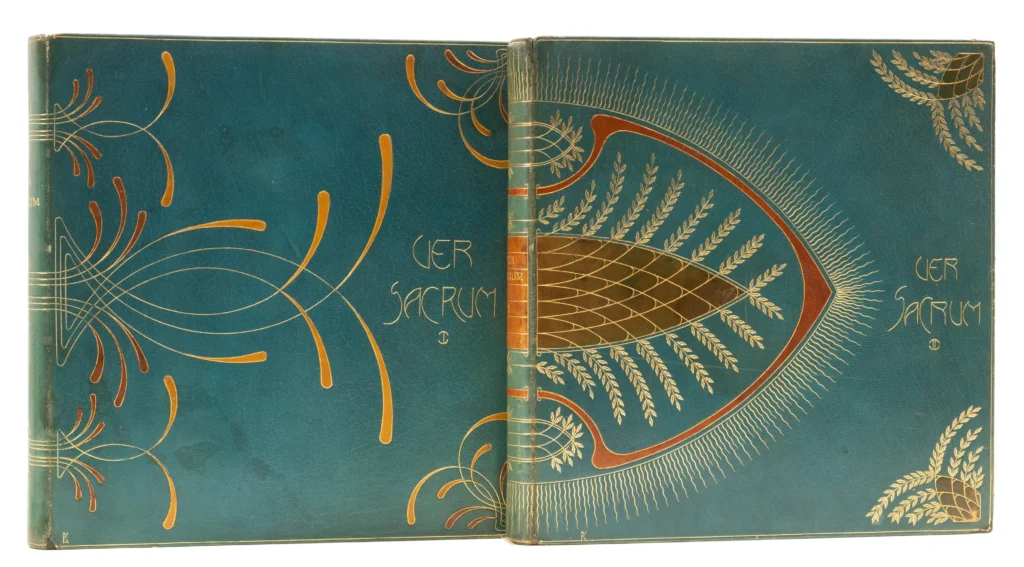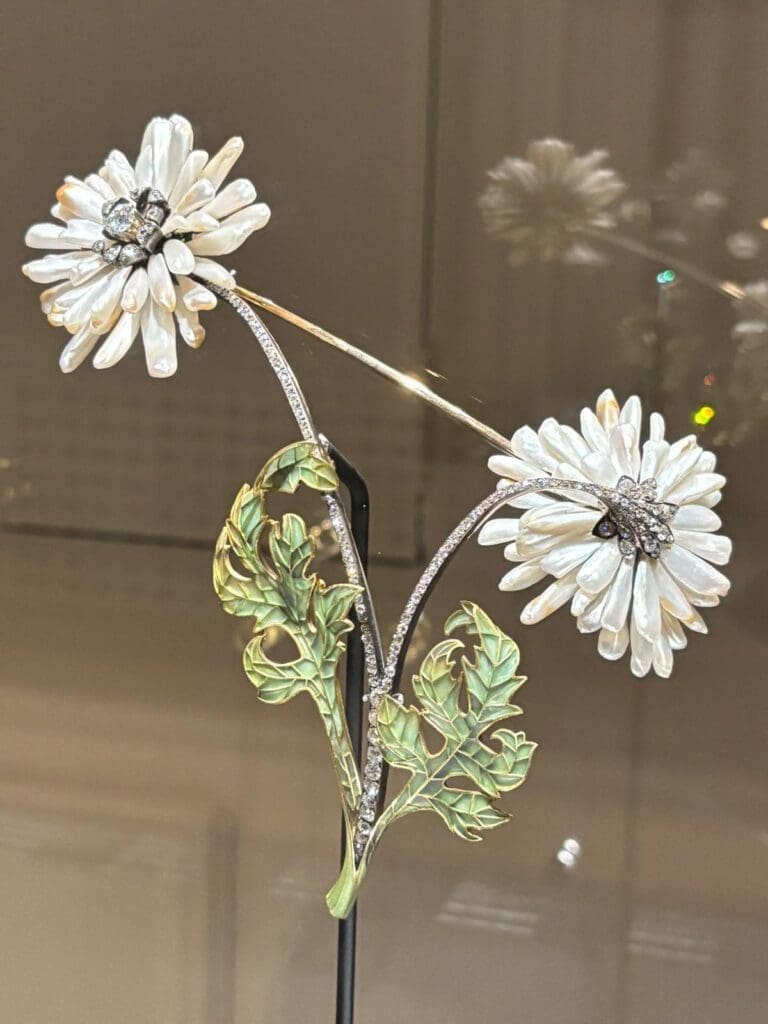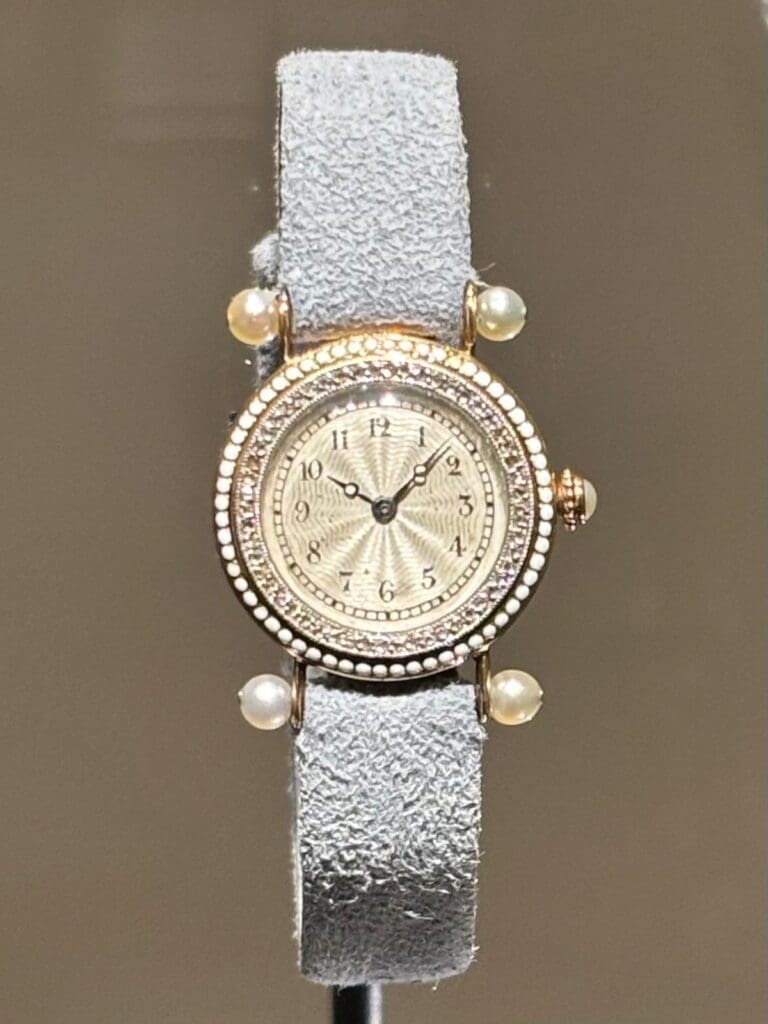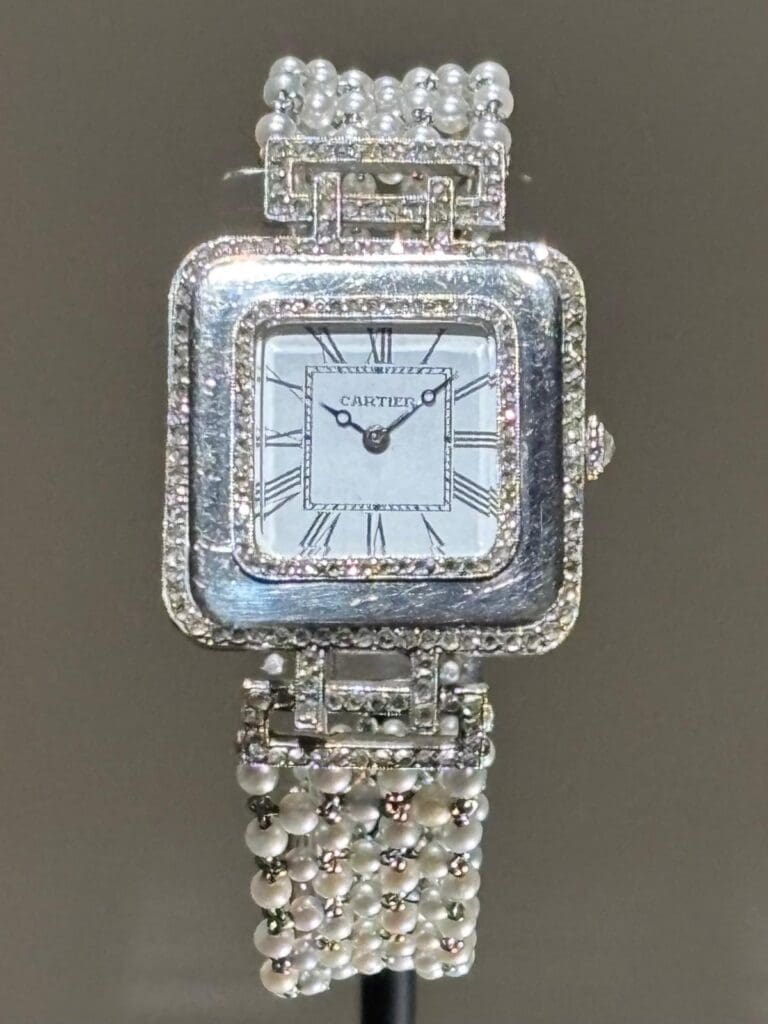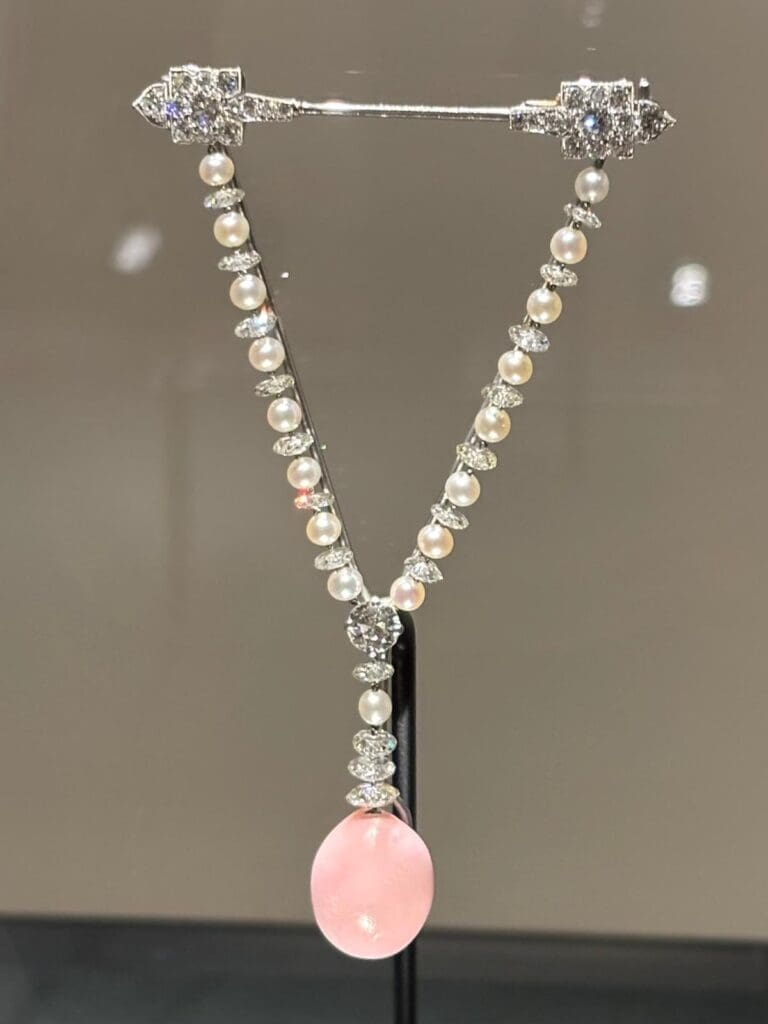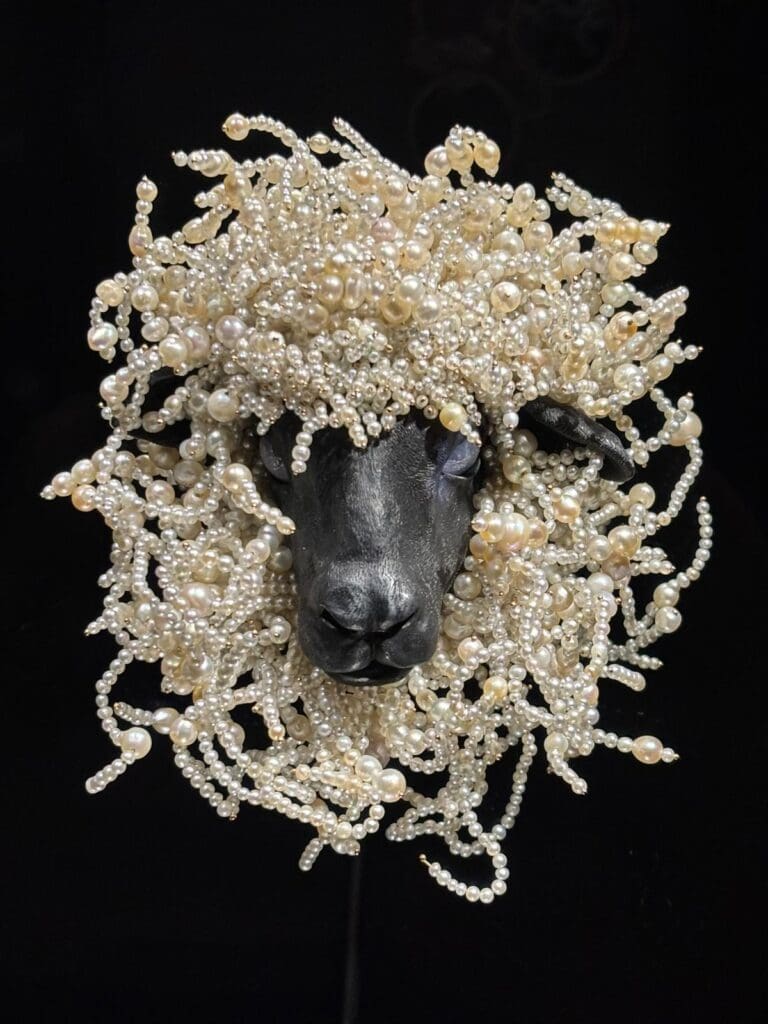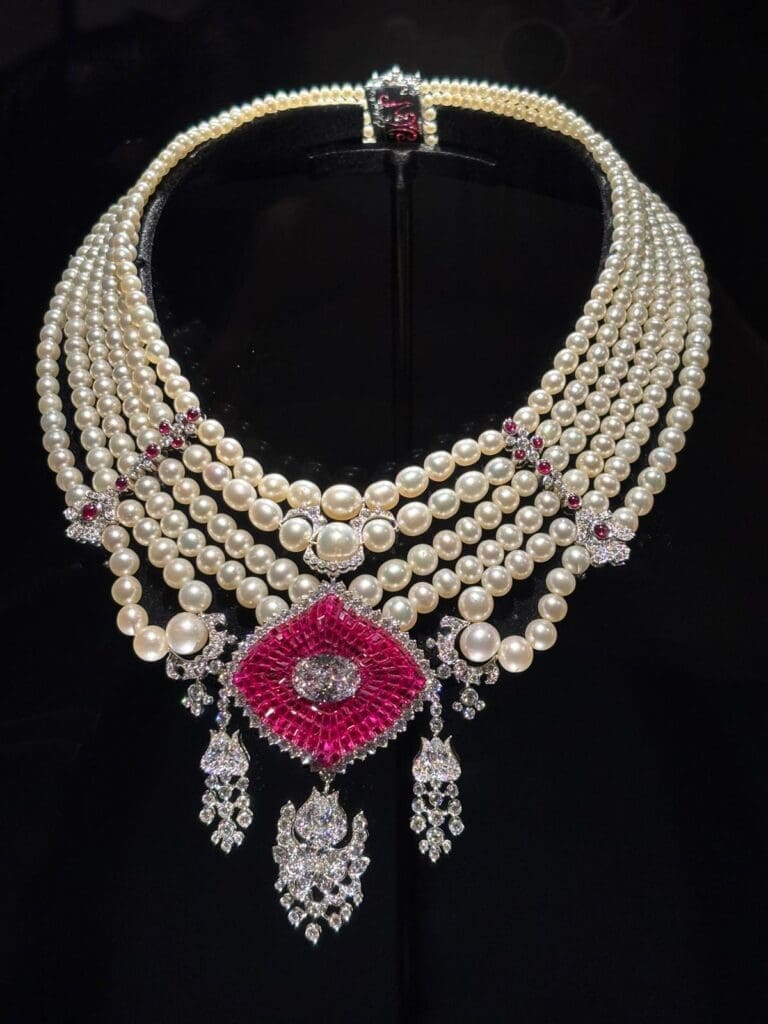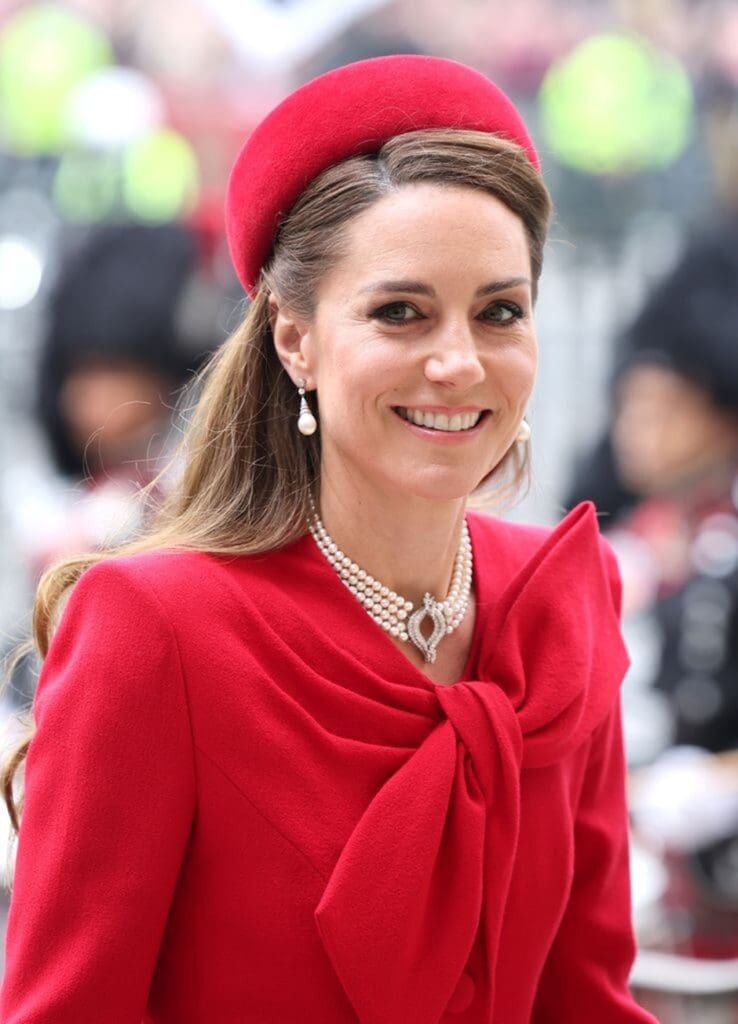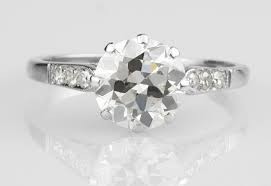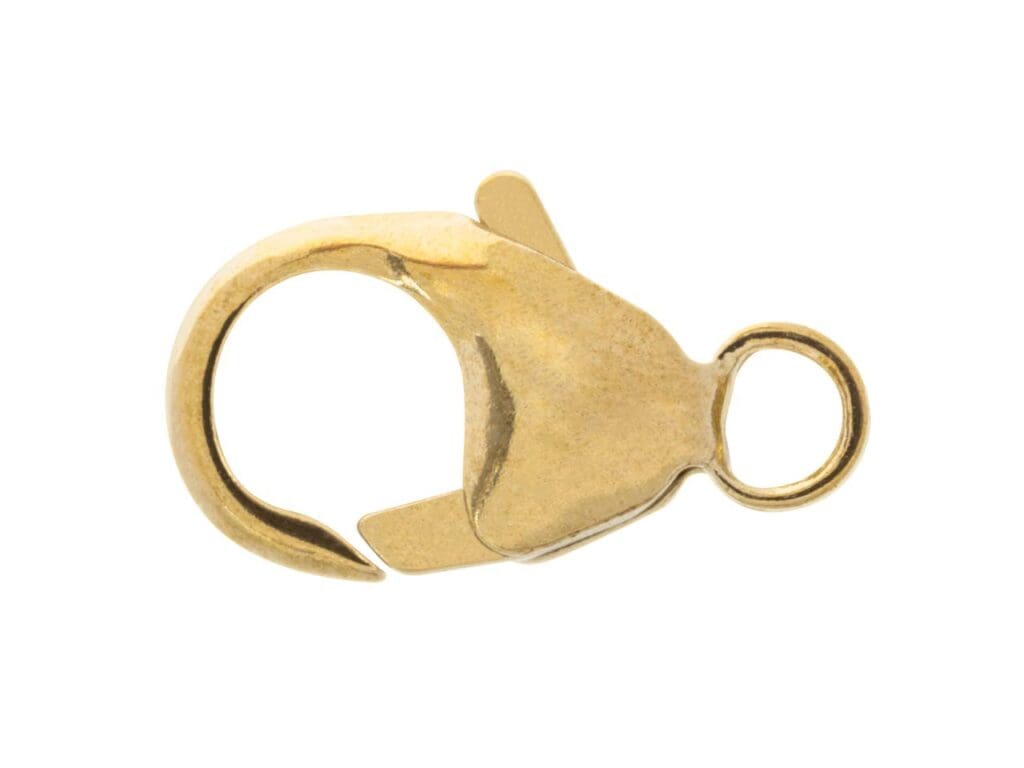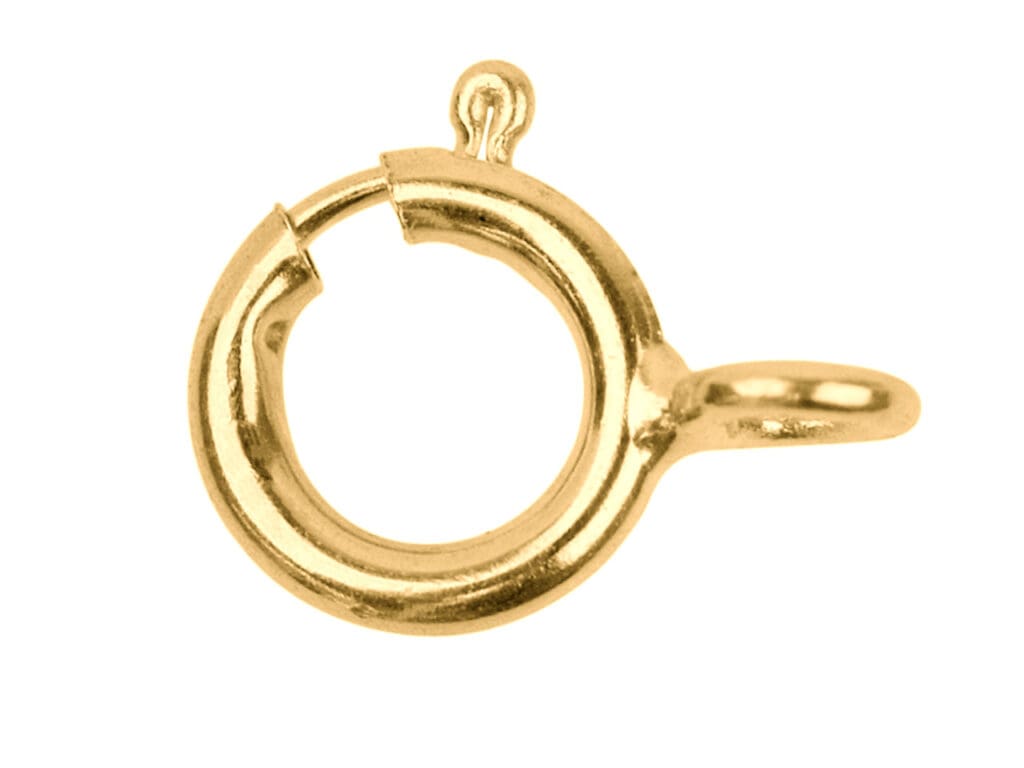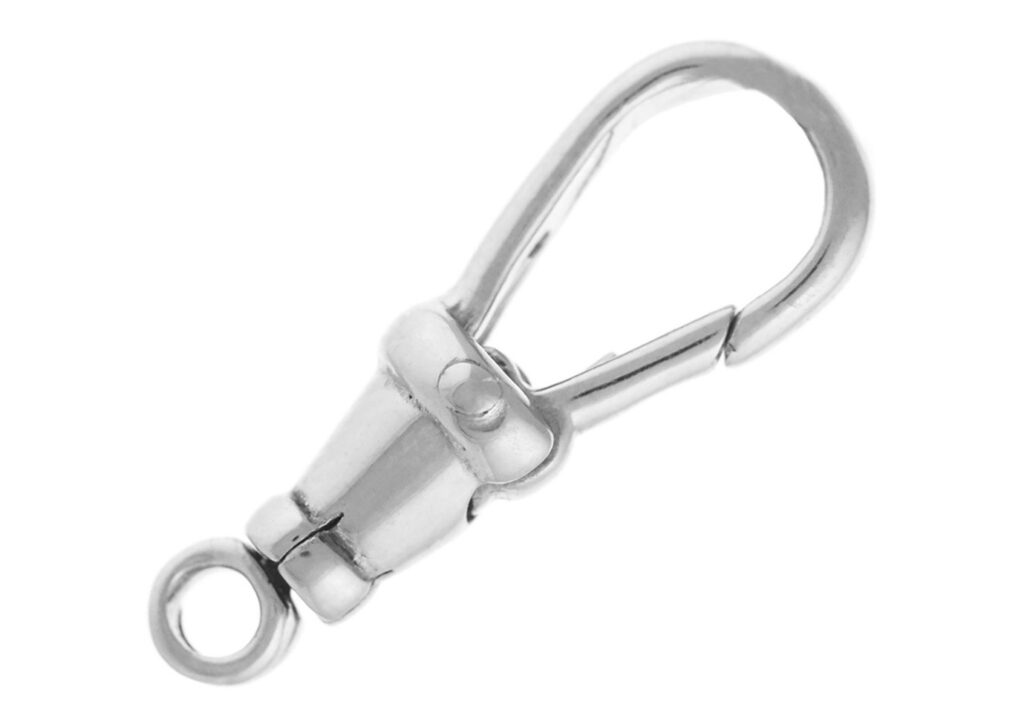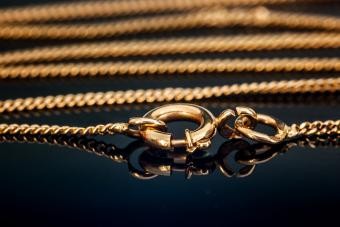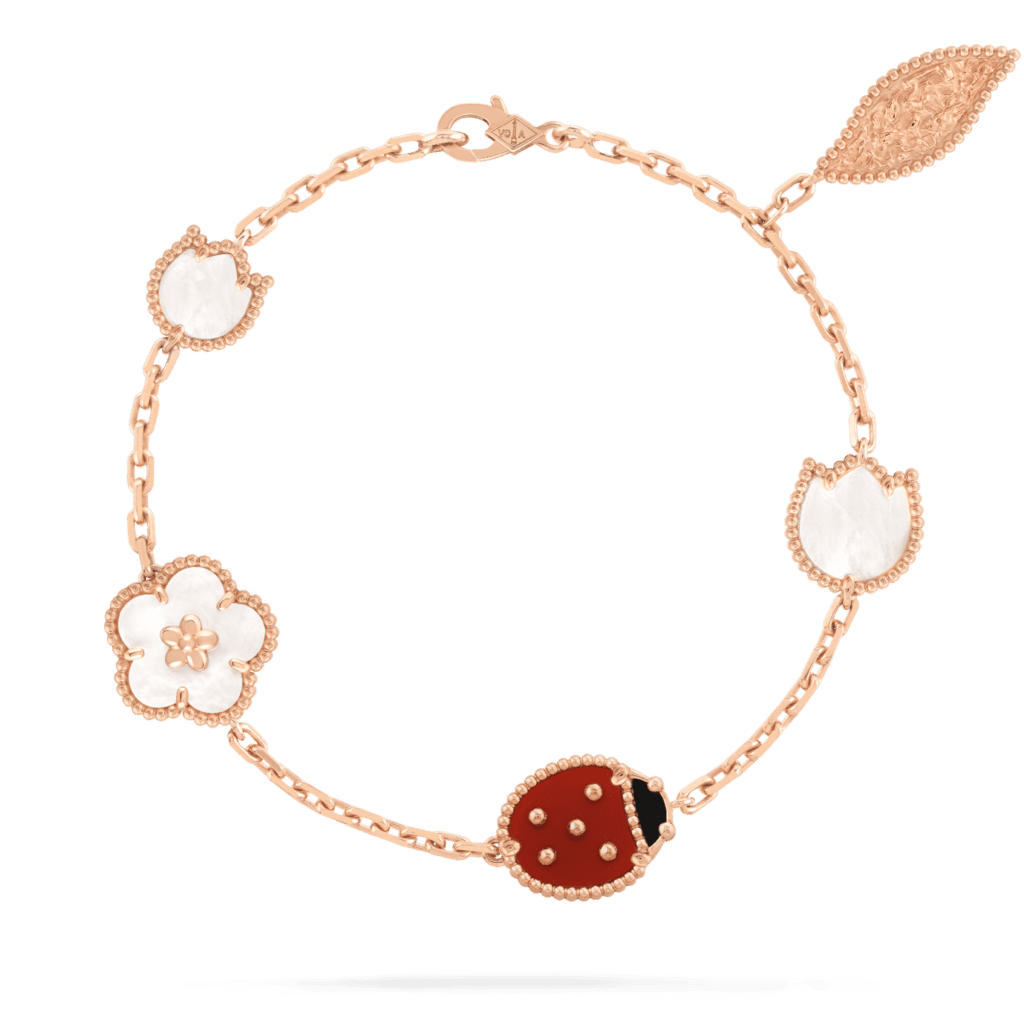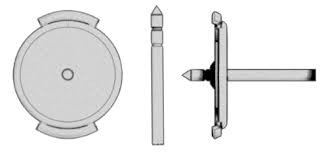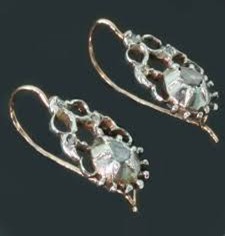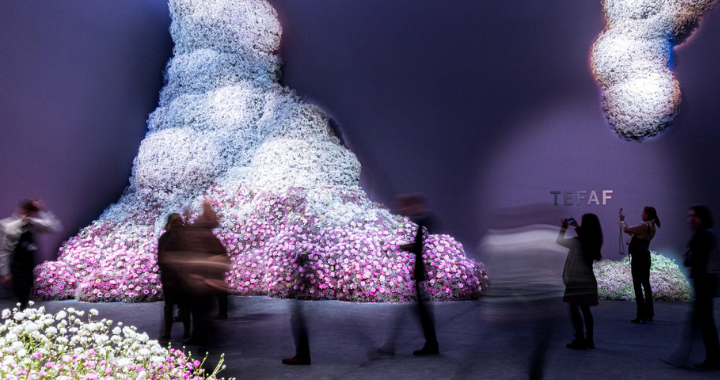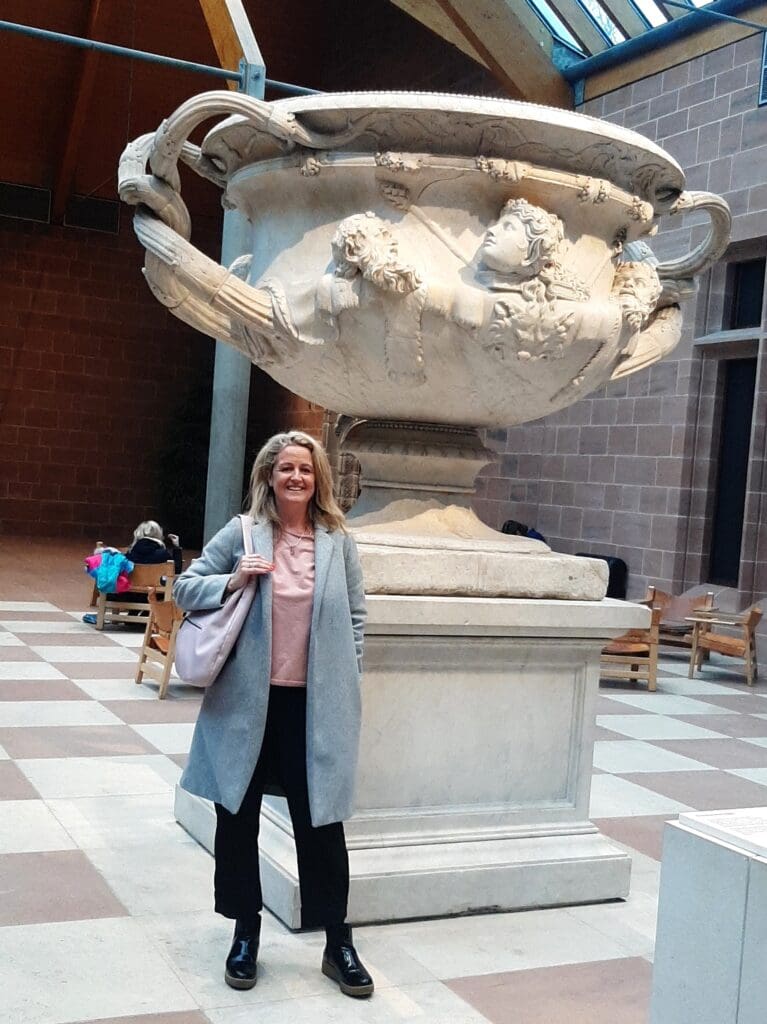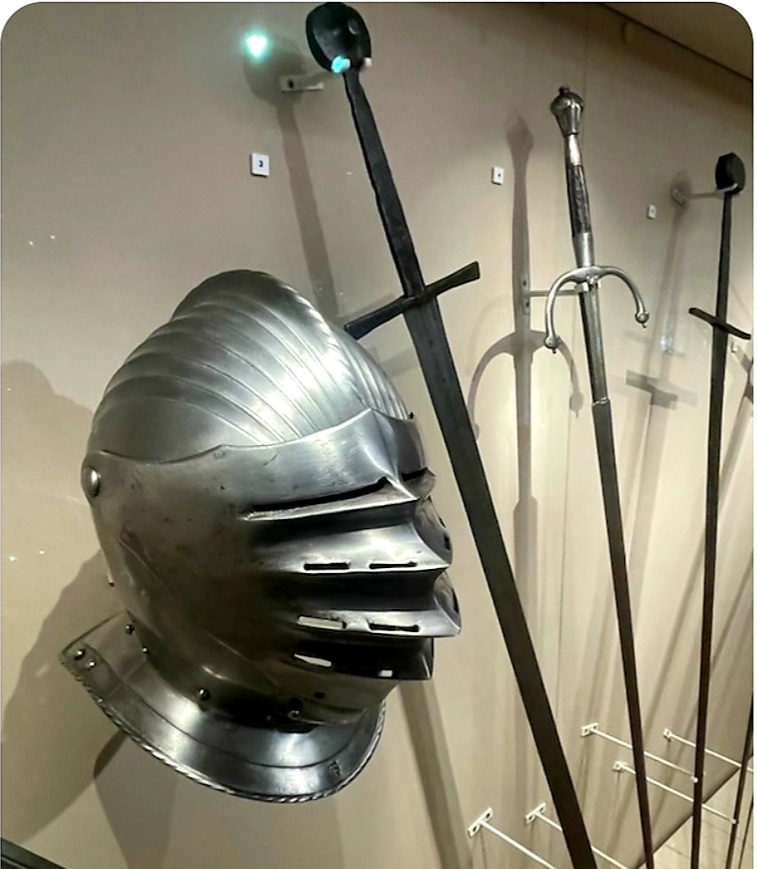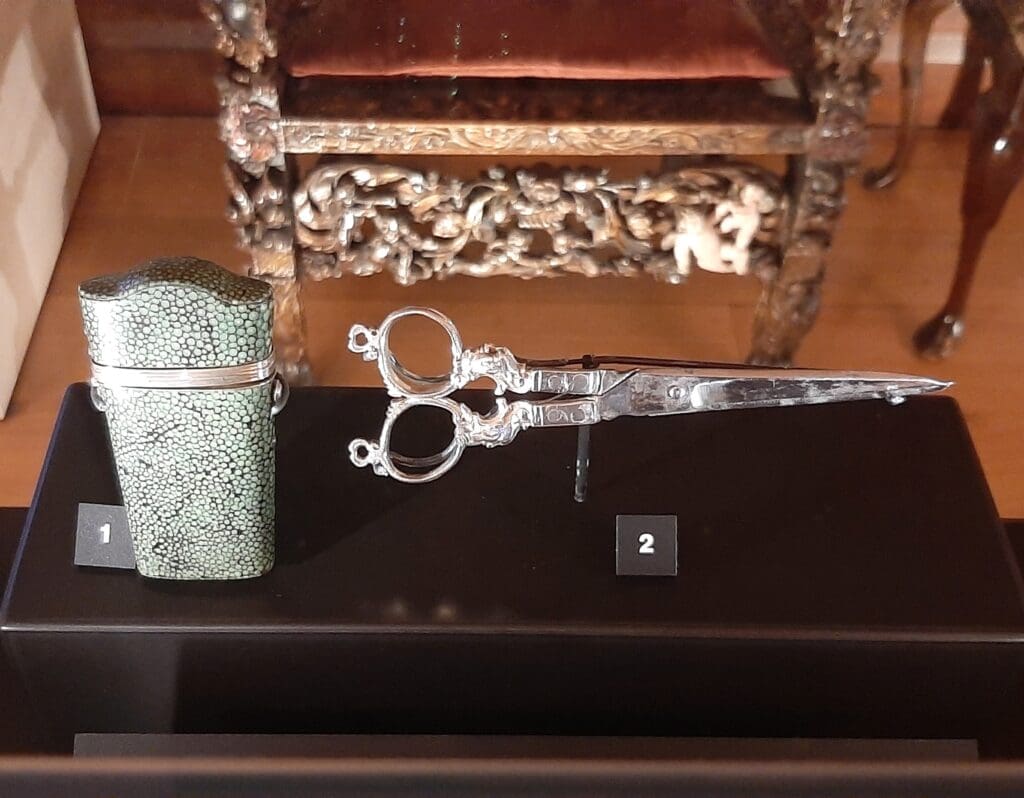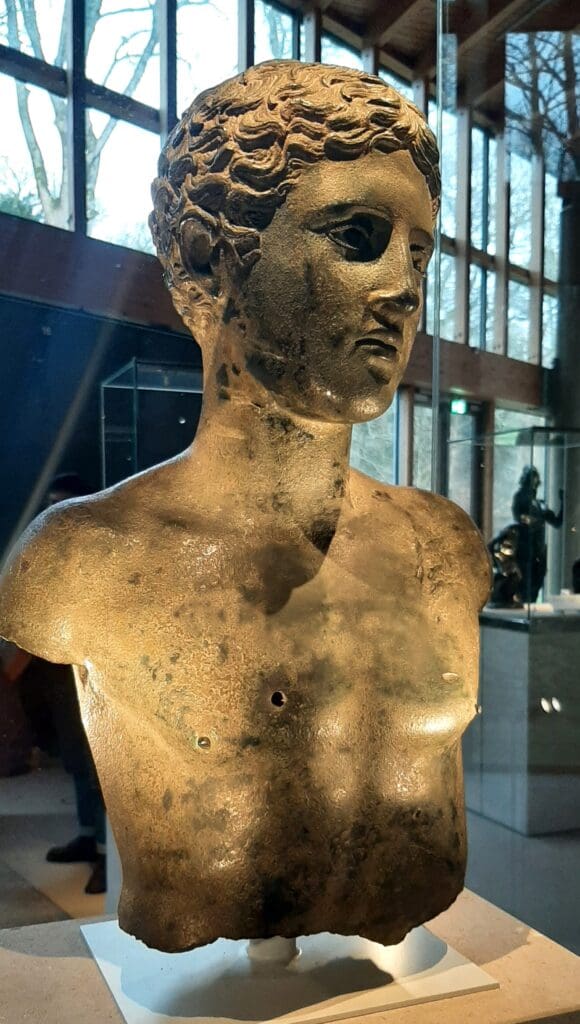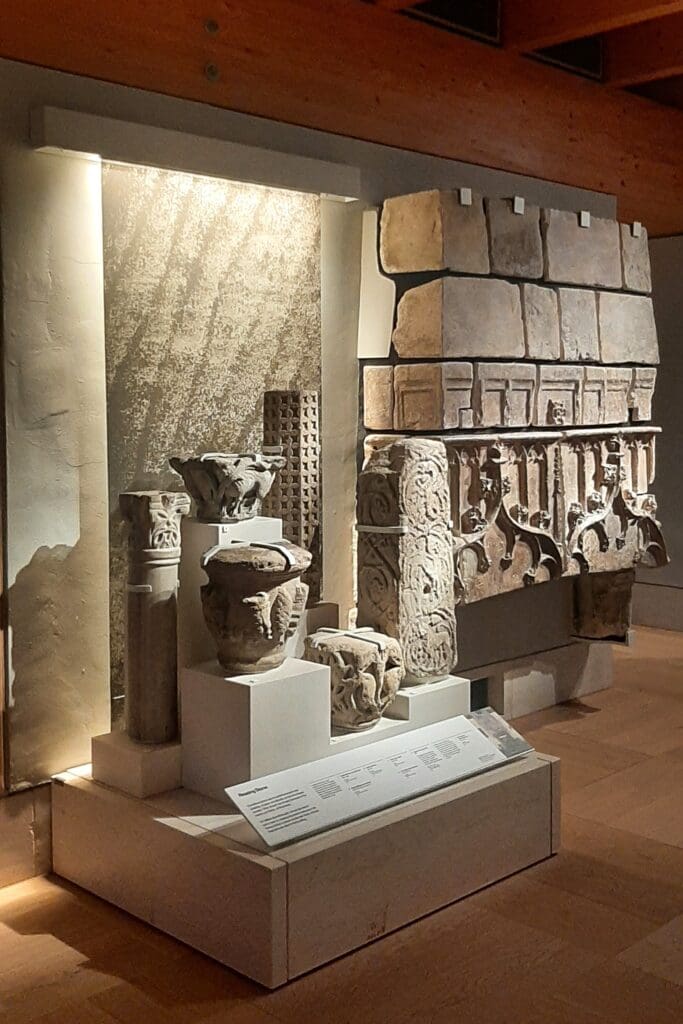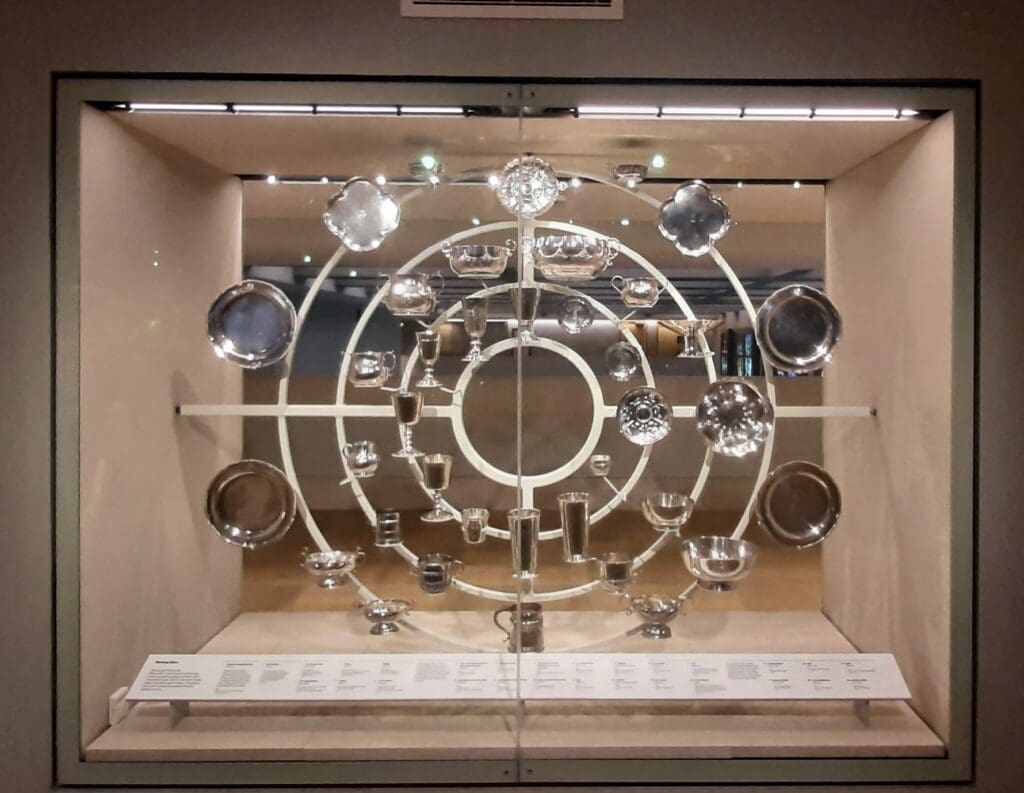While Barry Humphries’ flamboyant stage personas of Dame Edna Everage and Sir Les Paterson captivated audiences worldwide, his private passion lay in art collecting and the dedicated and determined pursuit of rare book collecting, amassing a library of some 7,000 volumes.
A Lifelong Love of Books
Barry Humphries’ fascination with books began while growing up in Melbourne, Australia and he had to overcome the resistance of his mother who disapproved of his second-hand book-buying habit. Humphries recalled his mother asking “Do you have to buy these bits and pieces? You never know where they’ve been!”; one day he came home from school to discover that his mother had given all his books away to the Salvation Army. When he asked why, his mother exclaimed “Because you’ve already read them!” A lesser person may have been deterred, but this episode appears to have inspired Humphries to collect even more.
The Collector’s Eye
Humphries’ literary tastes were broad, but he had a particular fondness for decadent and fin de siècle literature. He collected works by authors such as Oscar Wilde, Aubrey Beardsley, Max Beerbohm, and Ronald Firbank—writers known for their wit, eccentricity, and subversive takes on society. His library included rare first editions, signed copies, and obscure publications that many modern readers may not have encountered. He also collected Gothic novels, ghost stories and his library shelves were packed with the works of William Beckford, Matthew “Monk” Lewis, Wilkie Collins, M.R. James, Edgar Allan Poe, M.P. Shiel and Ambrose Bierce.
His passion also extended beyond English-language works, with an appreciation for French literature and he was particularly drawn to Symbolist and Surrealist writers, Charles Baudelaire, and finely illustrated editions. Humphries also had an eye for fine bindings and his library shelves were full of gilt-tooled goatskin bound volumes by great binders of the 20th century.
On 13 February Christie’s held a live auction titled “Barry Humphries: The Collection”. The 241 lot sale featured paintings by the Australian impressionist artist Charles Conder, Dame Edna dresses and glasses; the sale also included a select group of some 80 rare books and manuscripts from Humphries’ private library which revealed a glimpse of the riches contained within.
Record Results
Many of the highest prices fetched for books in the Christie’s sale were for works by Oscar Wilde. Leading the Wilde selection was a special signed limited edition of The Importance of Being Earnest published in 1899, which was copy number 1 of just 12 large paper copies in a fine gilt decorated vellum binding designed by Charles Shannon. This copy had been presented by Wilde to his publisher Leonard Smithers and sold for £138,600, the second highest price recorded at auction. A first edition deluxe large-paper copy of the same work limited to 100 copies and signed by Wilde fetched £44,100.
Other notable results for works by Wilde included a record £35,280 bid for a first edition of A House of Pomegranates (1891) helped by the presence of two autograph manuscript pages by Wilde for his short story The Fisherman and his Soul. A deluxe large paper copy of The Picture of Dorian Gray limited to just 250 signed copies and with an autograph letter by Wilde bound-in fetched £50,400.
Among other highlights from the library sold at Christie’s was an original pen and ink design by Aubrey Beardsley for The Yellow Book which realised £60,480 and an illustrated autograph letter by Beardsley to his publisher that sold for £32,000.
A first edition of Aleister Crowley’s The Diary of Drug Fiend (1922) made a record £32,760 (estimate £2000-3000) due to its rare original pictorial dust-jacket of which very few examples survive. An inscribed copy of Matthew Lewis’s 1796 Gothic novel The Monk fetched a record £30,240 (estimate £2500-3500) and a presentation copy of F. Scott Fitzgerald’s This Side of Paradise (New York, 1920) realised £4,410.
The Barry Humphries auction at Christies realised a total of £4.6 million, of which the books and manuscripts accounted for almost £1 million.
A Second Selection from Barry Humphries’ Library
Following on from the success of the February sale, Forum Auctions held a sale on 26 March billed as “The Library of Barry Humphries”. This sale of 243 lots of books and manuscripts also offered works on paper and a few objets from Humphries’ library, including bronze sculptures and bookends. In the Forum catalogue introduction Rupert Humphries described his father’s library as follows: “Thick curtains were shut to keep out natural lights, and deep purple, red, black and yellow spines lined the sagging shelves with books stacked two, sometimes three layers deep. Many in morocco leather boxes with ornate gilt designs that he had commissioned […] The warm glow of iridescent glass lamps and a heavy art-deco chandelier, the smell of incense in the air. It was like a setting from one of the decadent stories he loved so much, maybe Prince Zaleski’s dilapidated abbey in Wales.”
Leading the Forum results was a superb set of four special editions of Evelyn Waugh’s novels, Decline and Fall, Vile Bodies, A Handful of Dust, and Black Mischief. These were each limited to just 12 copies printed for the author. This particular set had been presented by Waugh to Thomas Balston, director of the publishers Duckworth and Co. who had given Waugh his first advance for his biography of Rosetti. This handsome set bound in blue morocco fetched £19,530.
The sale was arranged chronologically and began with books from the late 18th century, notably a collection of books by and from the library of the novelist and eccentric English dilettante William Beckford (1760-1844). Highlights included a first edition of Beckford’s novel Vathek (1786) which was handsomely bound in red morocco and had been owned by Lady Caroline Lamb which realised £10,080. The same price was bid for a second edition of Samuel Rogers’s poem Human Life which contained an original watercolour portrait of the author as well as Beckford’s typically caustic comments written in pencil.
One of the outstanding bindings was an Art Nouveau design by a pioneer of modern German bookbinding Paul Kersten which realised £11,500. A first edition of Charles Baudelaire’s Les Fleurs du Mal (1857) was bid to £10,710; a rare presentation copy of Mrs Riddell’s Weird Stories (1882) fetched £6930; and Arthur Machen’s own copy of his collection of short stories The House of Souls (1906) made £2016.
A Legacy in Literature
The Forum sale realised a total of £615,000 with 87.2% of lots sold. Rupert Humphries concluded his introduction by commenting “As this sale commences I like to think that [my father] will be happy knowing that a little part of him will continue to be treasured in other libraries and bookcases around the world, and perhaps even in a few old book shops”. I have no doubt to say I am certain they will and I like to think that others will be inspired to start their own collections of books on whatever subjects or authors interest them.
Book Valuations
For books that are sold at auctions like this, we would suggest insurance values that match the price they sold for at auction – at least in the immediate period after the sale.
Valuing books is complex because their worth depends on multiple factors beyond age and rarity. Condition is crucial – a book with its original dust jacket can be worth many times more than one without, especially for 20th-century first editions. Inscriptions and signatures also impact value, but not always positively; a book signed by the author to a notable figure can increase its worth significantly, while a generic inscription may have little effect. Provenance matters too – books from famous collections or with unique associations often command higher prices. Additionally, first editions vary by publisher, print run, and issue points, making identification and valuation a specialised skill requiring detailed knowledge and expertise.
If you have a collection of books, photographs or maps, get in touch to arrange an up to date valuation by emailing us on [email protected] or call us on 01883 722736.
